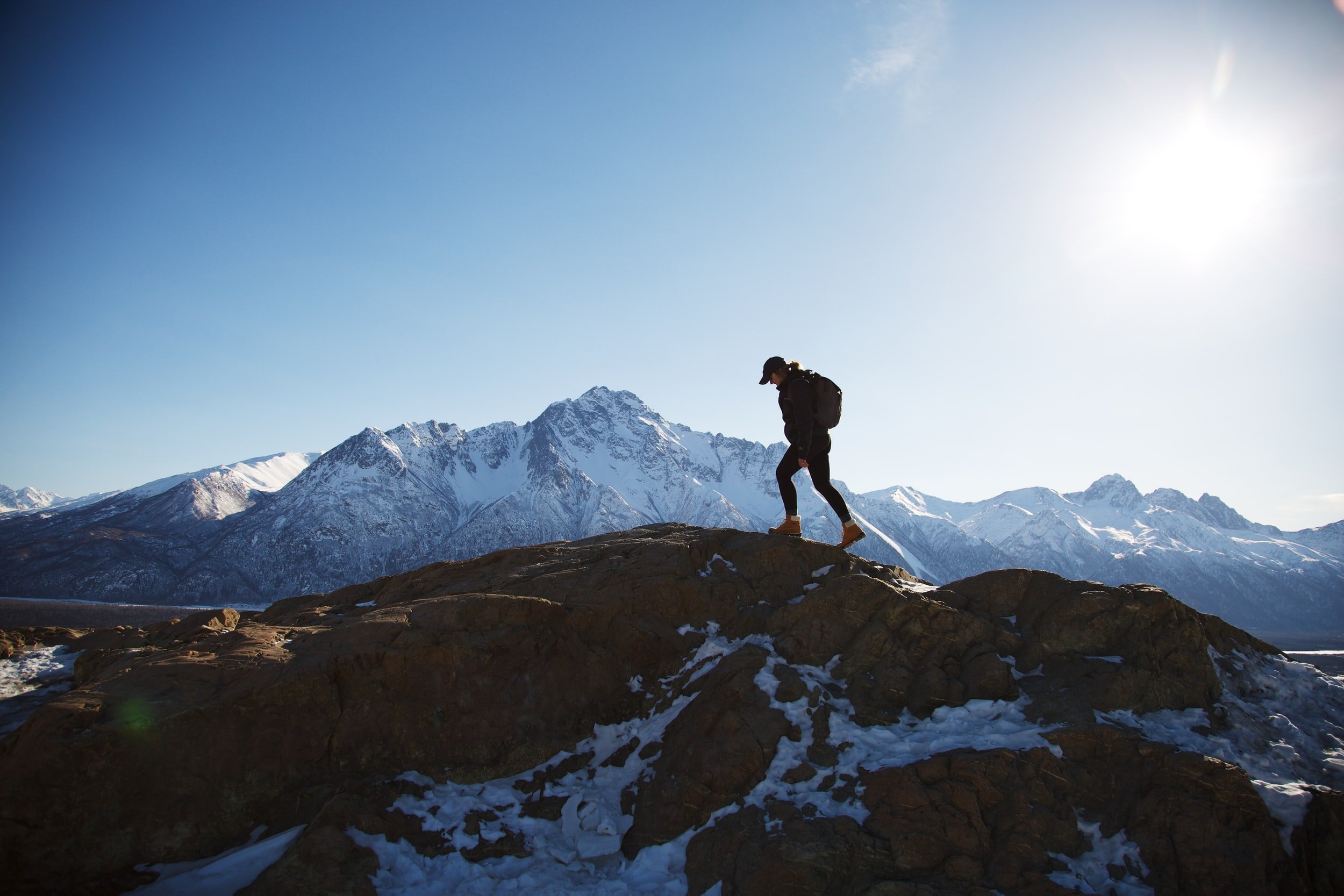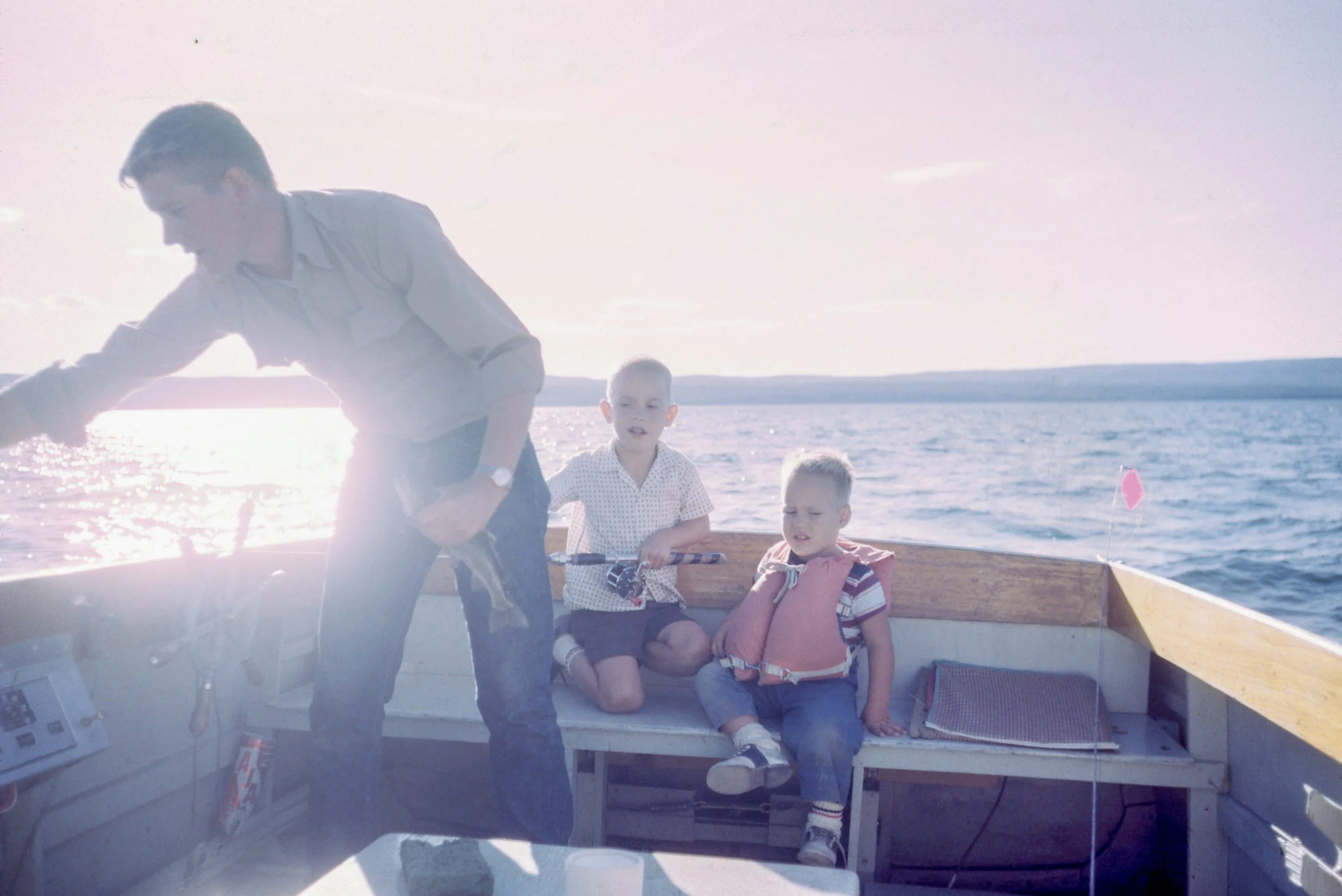Backpacking Safety Tips for Solo Hikers & Backpackers
Going solo requires a lot of courage and determination to hit the road independently. Traveling alone is one of the most empowering and liberating things you can experience in your lifetime. However, traveling solo can bring dangers and challenges at the same time.
The benefits of hiking solo are worthwhile since you’ll get out there and explore the destinations on your own. A crucial point of being confident and self-sufficient outdoors is being aware of the best practices to stay safe.
In this guide, we’ve compiled the top tips to help you stay protected and prepared in case of unpredictable circumstances or emergencies.
Why not explore the fascinating charm of South India, especially Kerala, an area known for its various attractions and stunning natural scenery. Embark on an unforgettable journey through the heart of South India with our carefully crafted tour packages. Immerse yourself in the beautiful landscapes and vibrant cultural heritage of this captivating region.
Do Not Push Yourself Too Hard
If you are new to hiking or backpacking solo, you’ve come to the right place. The most important thing when traveling solo is to not push yourself. Even if that means starting small and planning accordingly. Don’t feel like you have to walk for hours or stay outdoors for indefinite periods.
Additionally, choose the track carefully. Do not feel under pressure that you need to go on a high cliff or a steep trail just for the sake of hiking. Difficult trails are harder to conquer, so start small and upgrade your solo hiking and backpacking skills as you grow. This way, you can increase the difficulty and distance of the hiking tracks.
We’d recommend checking these safety tips when backpacking so you can pack appropriately and as light as possible.
Solo Hiking
Plan Your Trip
Next in line is the planning. Before you hit the road, make sure you know where you’re going or for how long. Check the map and whether there are marked trails or footpaths. Furthermore, you can install an app on your smartphone and get guidance in case you get lost or disoriented.
Nevertheless, learn how to use a classic map or a compass. Or bring a GPS or PLB if you plan on taking more challenging routes.
Do Not Wander Around
We understand that you might be extremely curious and excited about exploring different areas, however, it’s important to stay on track to be safe. Most hikers and backpackers recommend public footpaths or hiking trails.
If you wander around you risk getting disoriented or destroying natural habitats. Stick to your trail and stay safe!
Check The Local Weather Report
Regardless of where you’ll go, it’s for the best to check the weather conditions. You should research the area to ensure there are no closed trails as well. Lastly, bring a pair of dry socks and extra clothing in case there is a short episode of rain.
Solo Hiking
Learn About The Potential Dangers
Depending on where you’ll go hiking or backpacking, it’s recommended that you familiarize yourself with the potential dangers and bring emergency items. This includes learning about poisonous plants or dangerous snakes. Or whether you are backpacking in an area that’s home to bears.
Aidan Higgins, a Travel expert and Gear Enthusiast at The Broke Backpacker
"People obsess over tents and boots but forget the small failsafe items. A compact water filter and backup fire starter weigh almost nothing, yet they’re what save you when conditions turn. For me, those items are non-negotiable on any trip."
Bring a first aid kit or a noise-making device in case you get injured or stranded in a remote area. And bring a water purification kit to filter the natural water from rivers, streams, and ponds into a drinkable one.
Practice
Before you hit the road and start a difficult hike, you need to know whether you are physically ready to handle it. If you are recovering from an injury or are out of shape, it can be pretty difficult to climb even the slightest peak. If you are not sure whether you are capable of going the distance, try a short hike nearby to practice.
James Hook a licensed Chiropractor at Neurogan Health
"When hikers underestimate preparation, it’s rarely just about fitness levels. I see plenty of injuries caused by poor joint stability and weak spinal support. Conditioning your back, hips, and knees with core strength and mobility exercises can drastically reduce the strain of repetitive climbs. Even a few weeks of training pays off on the trail."
If you happen to be out of shape, postpone the trip for later on and practice in the meantime. Get in the gym, walk or jog every morning and take on shorter hikes from time to time.
Tell Your Friends Where You’re Going
No matter where you’ll go- in the nearest hiking track or to a distant one, always communicate your itinerary with your friends or relatives. They need to know your whereabouts in case you stay for longer than usual, or they know where to look for you in case you go missing (which is the last thing we want!).
An expert on the pitfalls than can ensue is Brian Raffio, Expedition Coordinator at CK
"On major expeditions we run structured check-ins twice daily because communication lapses are what turn delays into rescues. A quick location share or message means help knows exactly where to find you if something goes wrong. That simple step is often overlooked but is one of the most important safety practices in the mountains and should be applied even to short weekend hikes."
Carry The Essential Items
Always pack the essential items when you go hiking or backpacking; it doesn’t matter if you go free soloing or in a group. Here are some of the items to pack to stay safe on the road:
Jo Lacroix – Nutritionist and Hike Leader at Ultimate Kilimanjaro responded and added this vital advice
"One overlooked ‘essential’ is food you’ll actually want to eat when exhausted. High altitude dulls appetite, so calorie-dense snacks like nut butters or dried fruit can keep energy stable when you’re struggling."
Fire starting kit - you can usually bring a lighter;
A headlamp - and extra batteries;
Water filtering kit;
Extra layers - in case bad weather waves upon the sky;
Navigation devices;
A knife ;
Sun-protection products or items like sunglasses or a hat;
Sleeping items - sleeping bag, tent, sleeping pad;
Cooking utensils - pots, pans, mugs, spork
Solo Hiking
Get Ready!
Once you’ve followed the tips above, it’s time to get the backpack ready and explore nature. For more backpacking or hiking content, please feel free to check our blog.










